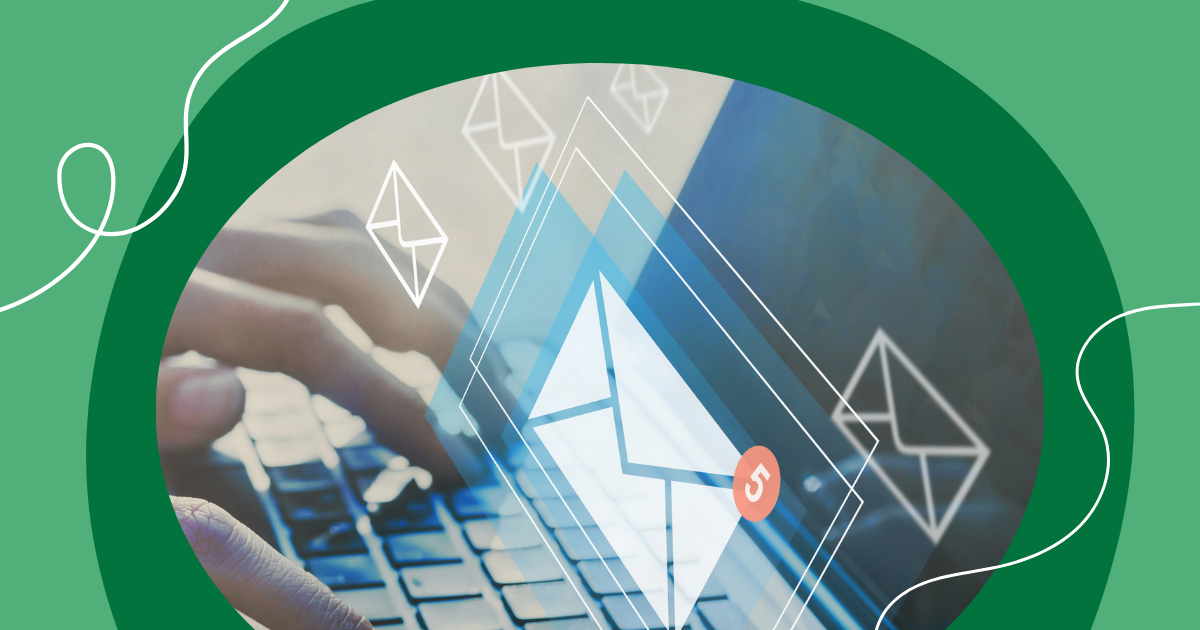
Maps are a great way to visualize and explore information, and incorporating map-making into school projects can engage students in the topic more meaningfully. From elementary to high school, teachers can use numerous map project ideas to enhance their students' learning experience.
Here are some map project ideas for school projects broken up by each grade level:
Elementary School Map Project Ideas:
- Create a Neighborhood Map: Students can investigate their immediate surroundings as part of this assignment and learn about significant features of their community. Students can create maps of significant landmarks, such as parks, schools, and businesses, and gain an understanding of the various services offered at these locations.
- Create a Family Tree Map: Students can draw their family trees and learn about their lineage. Not only does this project teach students about the history of their own family, but it also assists students in understanding the notion of genealogy.
- Map All the Places You Have Visited: Students are encouraged to think about the unique places they have traveled to and then draw a map of those sites as part of this project. Learning about geography and the different places in the world may be accomplished quite well with this method.
- Create a Map of Your Favorites: Students can draw a map depicting their favorite playgrounds, dessert spots, and restaurants. Students are allowed to learn about various foods and locations within their community through participation in this project.
- Map Where Animals are From: Students learn about the many habitats in which native species are found through this project. Learning about the ecosystems that animals call home is a fantastic opportunity.
- A Playground Map: Have the students create a map of the school playground, marking the different play areas and equipment. Encourage your students to get creative and use different colors for the different types of equipment. For example, the slides could be one color. Climbing equipment could be another. Game areas could be one color, etc. Perhaps the colors themselves have some significance.
Middle School Map Project Ideas:
- Map an Important Historical Event: Students can design a map depicting a significant historical event and the various locations and movements involved. Students can learn how geography impacts history with this activity.
- Map the Life of a Historical Figure: Students can make a map that details the locations where a historical figure resided or traveled throughout their life. Students will be able to gain a more visual understanding of the life of a historical figure by participating in this project.
- Map State Capitals: This project will teach students about the 50 states and their capital cities. This method can significantly advance the study of the United States topography.
- Map Important Landforms: Students can depict significant features on maps, including mountains, forests, marshes, rivers, and lakes. Students may benefit from this assignment by better understanding the different types of landforms and how these natural features are depicted in maps.
- Map the Spread of a Disease: Students can map the spread of disease to learn about how diseases are transmissible. They can also learn how different geographic areas are impacted by disease. Students will learn about communicable diseases and how different geographic areas are impacted upon copmletion of this assignment.
- Map different ecosystems and habitats: Students can choose a type of ecosystem, such as a marsh, woodland, or meadow. Then they can construct a map of the different animals and plants that live in that type of ecosystem, and how different organisms interact with each other. Students benefit from developing a more in-depth awareness of the natural world and the Earth’s diverse ecosystems by participating in this project.
- Map different cultures and traditions worldwide: Students can learn about the different cultures and traditions from around the globe and map where they are most prevalent in the world.
High School Map Project Ideas:
- Map the Countries of a Continent: Students can design a map that details the many nations and capital cities found on a particular continent. Students may benefit from learning about which countries are on which continants by participating in this exercise.
- Map Key Battles in the Civil War: Students can build a map detailing the locations and troop movements during significant Civil War engagements. By doing so, students may better understand how geography impacted the trajectory of the Civil War in the United States.
- Map a Topic Using Data: Students can generate a map that displays statistics associated with a particular subject, such as average income by state or population density by region. Students may benefit from learning about data analysis and visualization through this project.
- Map a Current Event: Students can design a map that illustrates the various locations and movements associated with a current event. Students could choose an event such as an election campaign route or a natural disaster like a hurricane. This type of project can help students understand the impact of recent events on various parts of the world.
- Map Climate Change: Students can design a map that illustrates how varying degrees of climate change affect certain parts of the world. This can help students learn more about the numerous effects of climate change.
- Map out the distribution of different political parties and affiliations across the country: Students can use tools like GIS software or online mapping tools to complete this project. This project would have students researching and analyzing data on the distribution of political parties and partnerships across the country. Students can then create a map that shows the pattern and trends reflected in their findings. This project would help students gain a deeper understanding of the country's political landscape and the innumerable factors that influence voting behaviors.
- Create a map of a city or town, highlighting areas with high crime rates, income disparities, and other social and economic issues: This project would involve researching and analyzing data on different social and economic issues in a particular city or town. Students would look up statistics like crime rates, income disparities, and access to healthcare and education. Students would then create a map highlighting the areas of the city or town where these issues are most prevalent, using different colors or symbols to represent different data types. This project would help students develop a deeper understanding of the social and economic issues facing their local community and other contributing factors.
Benefits of Map-Making Skills
Map-making can provide a wide range of benefits for students and enhance their learning experience in various ways. Here are some of the key benefits:
- Develop spatial reasoning skills: Map-making involves understanding and visualizing spatial relationships between objects, areas, or phenomena. This requires students to use and develop spatial reasoning skills. These skills can help students improve their critical thinking and logical reasoning capabilities.
- Encourages critical thinking: Map-making requires students to analyze and interpret data, decide what information to include and how to represent it, and identify patterns and relationships within the data. This can help develop critical thinking skills that can be applied to several other areas of study and life.
- Enhances creativity: Map-making is a creative process that allows students to use their imagination to represent complex information in a visual manner of their choosing. This helps students flex their creativity and innovative thinking skills, which provide numerous benefits to their development as individuals.
- Improves research skills: Map-making requires students to gather, analyze, and synthesize data from various sources. This can help develop research skills that can be applied to many other areas of study and life.
- Enhances understanding of complex information: Cartography can help students visualize and understand complex information more tangibly. This can be particularly helpful for students who struggle with abstract concepts or who learn better through visual representations.
- Promotes collaboration: Map-making can be a collaborative process, requiring students to gather and analyze data together, make decisions about how to represent it, and create a finished product. This helps develop teamwork and collaboration skills that have myriad academic and personal benefits.
- Engages students in the topic more deeply: Map-making can also help students develop a deeper understanding and connection to the topic they are studying. By creating a visual representation of the information, students may be able to see patterns and relationships within the data they might not have had access to otherwise.
When incorporating map-making into school projects, it's essential to provide students with the age-appropriate tools and resources they need to create their maps. This may include access to mapping software, guidance on designing and reading maps effectively, and resources for researching and analyzing data.
Additionally, teachers can incorporate cartography into various subjects, such as social studies, science, and math. In science class, students could create maps of the solar system, the organs of the human body, or maps of different countries or civilizations.
Overall, incorporating these map ideas for school projects can greatly enhance students' learning experience and help them engage with the topic more meaningfully. Teachers can inspire creativity, critical thinking, and problem-solving skills by providing students with the necessary tools and resources to allow young learners to map the world around them.
Related Articles
Get Inspired
View All Featured MapsAdventure Awaits!
Check out some of the latest articles on our blog






